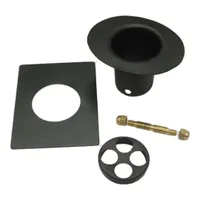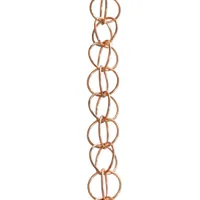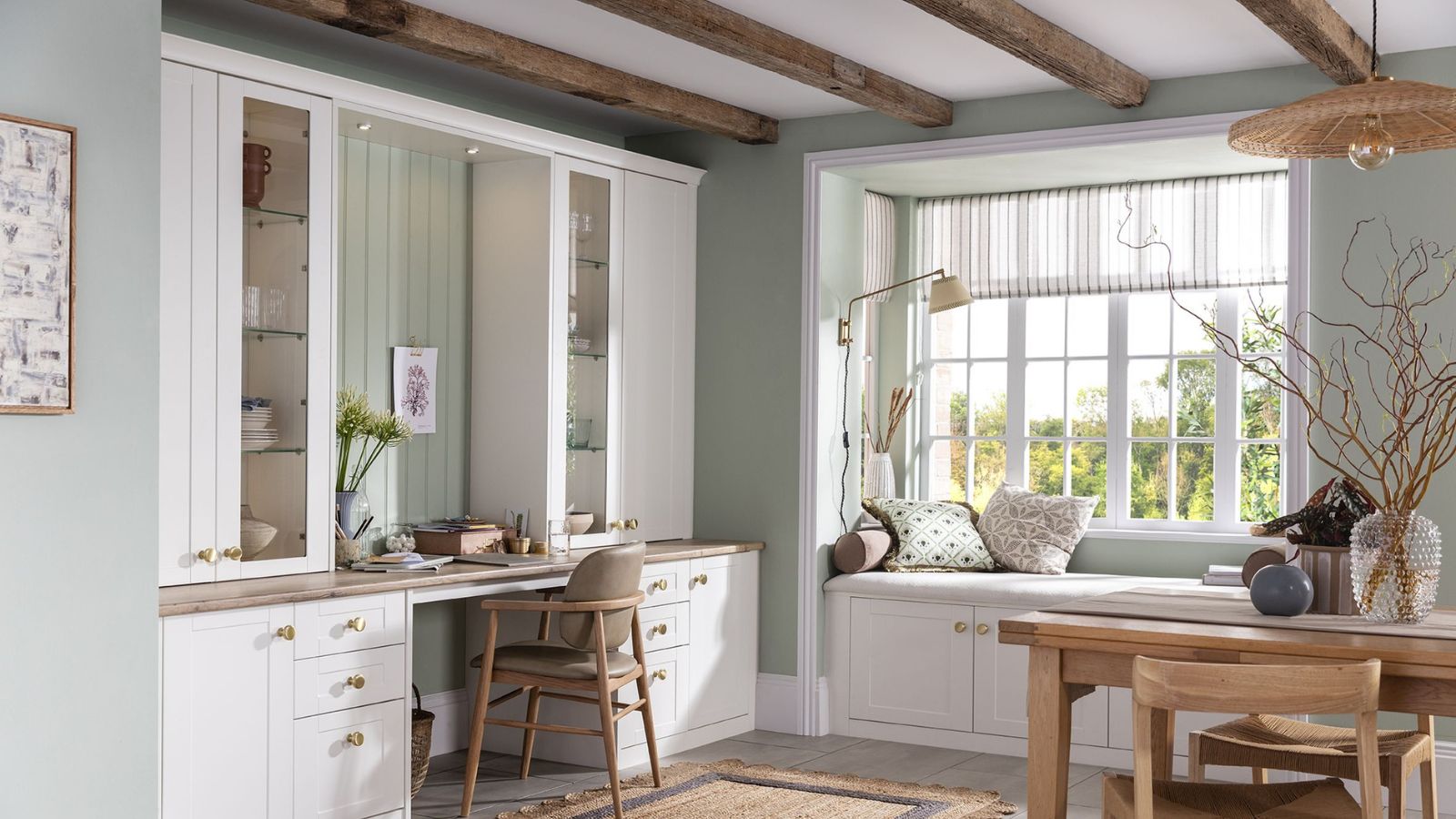What are rain chains and how do they compare to traditional downspouts?
We answer the question 'what are rain chains' and consider how they compare to traditional downspouts in a test of style versus functionality
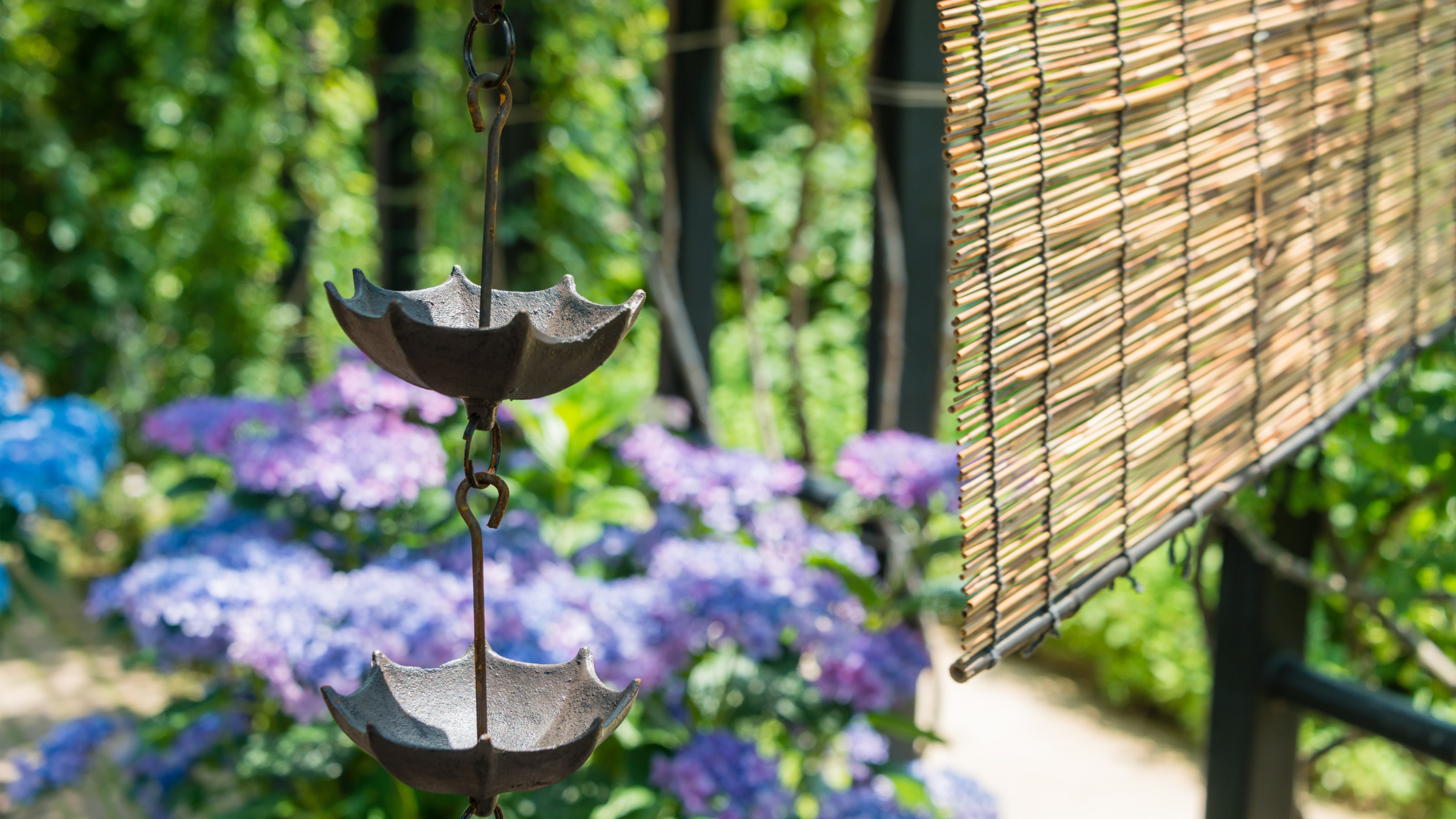
Originating from Japan, rain chains are an elegant alternative to traditional drainage systems. They are fast becoming popular in modern garden schemes thanks to their stylish designs and affordable price tag.
Often used for their ornamental value, rain chains can be attached to your house to channel rainwater down from your gutter, often replacing downspouts. They are particularly effective in light to moderate rain and come in numerous designs, from simple link chains to elaborate cup styles.
But before you replace your lacklustre downspout with a dainty rain chain, it’s important to consider their different qualities and the fact that a simple rain chain might not be up to the task of tackling heavy downpours.
What are rain chains?
Rain chains – known as "Kusari-doi" in Japanese – are decorative alternatives to downspouts that guide rainwater from the gutter to the ground or into a rain barrel, in a process known as rainwater harvesting.
They work by channelling the water that falls into the gutter through a series of decorative cups or links. These links guide the water visibly down the chain and into a container below.
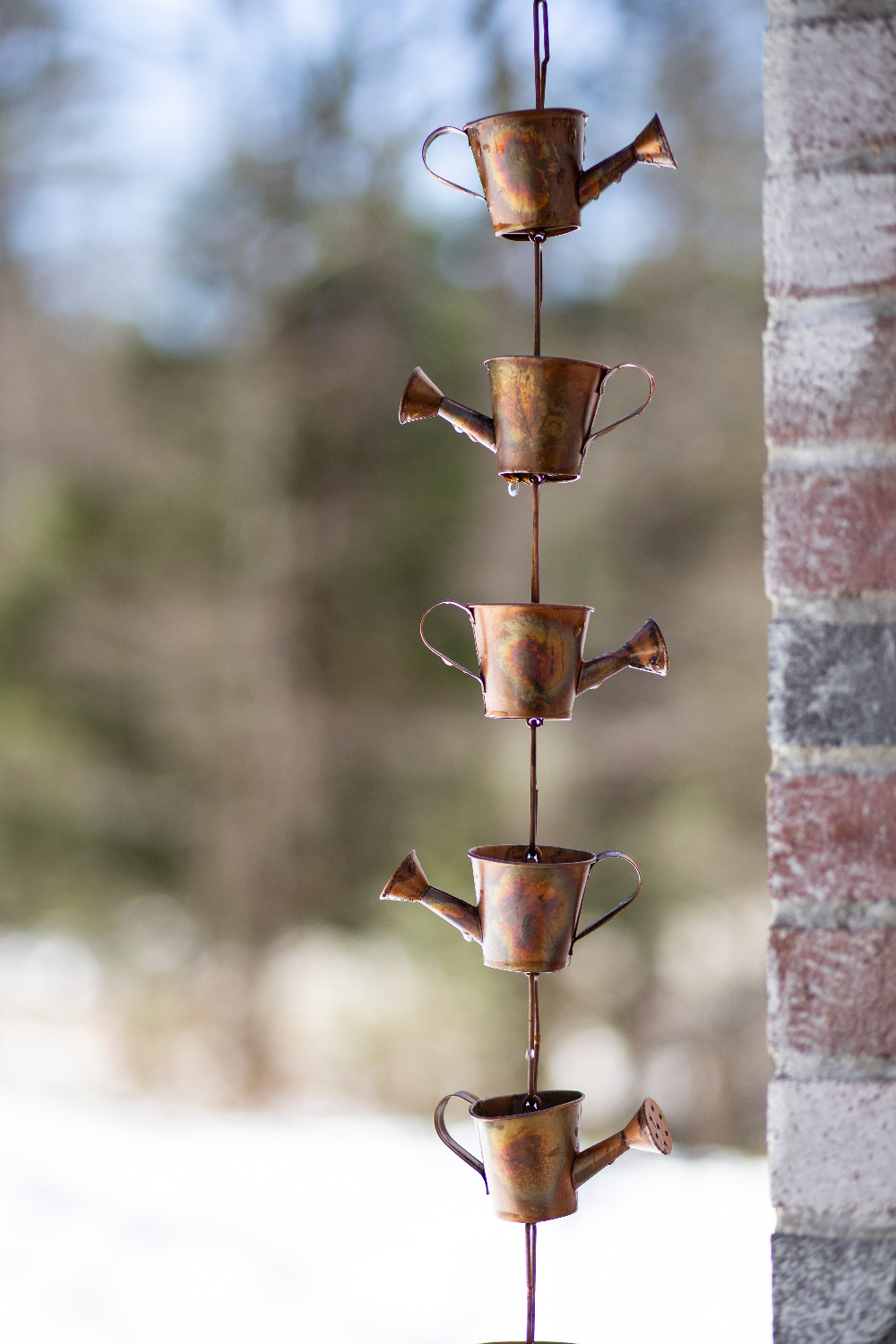
Reasons to install a rain chain
There are a variety of practical and decorative reasons to install a rain chain in your garden. These include:
1. Collected water can be reused
Bring your dream home to life with expert advice, how to guides and design inspiration. Sign up for our newsletter and get two free tickets to a Homebuilding & Renovating Show near you.
Rainwater that is collected beneath a rain chain can be used for watering plants and gardens. In organic gardening, rainwater is often preferred as it is free of the chemicals found in tap water. A basin collecting water at the end of a rain chain can also serve as drinking water for birds and other wildlife.
2. Rain chains can prevent soil erosion
In heavy rainfall, traditional downspouts can cause water to gush out forcefully, leading to soil erosion near the base. Rain chains provide a gentler flow of water, protecting the soil from erosion and helping to safeguard your home's foundations from water damage.
3. They are low-maintenance
Rain chains are simple to set up and are made from durable materials like stainless steel and copper, which can withstand most weather conditions.
4. They look beautiful
Rain chains add decorative interest to your garden, transforming the functional process of water drainage into an attractive water feature. These products are particularly popular in Japanese garden schemes because they create a meditative, calming sound of flowing water that contributes to a sensory garden experience.
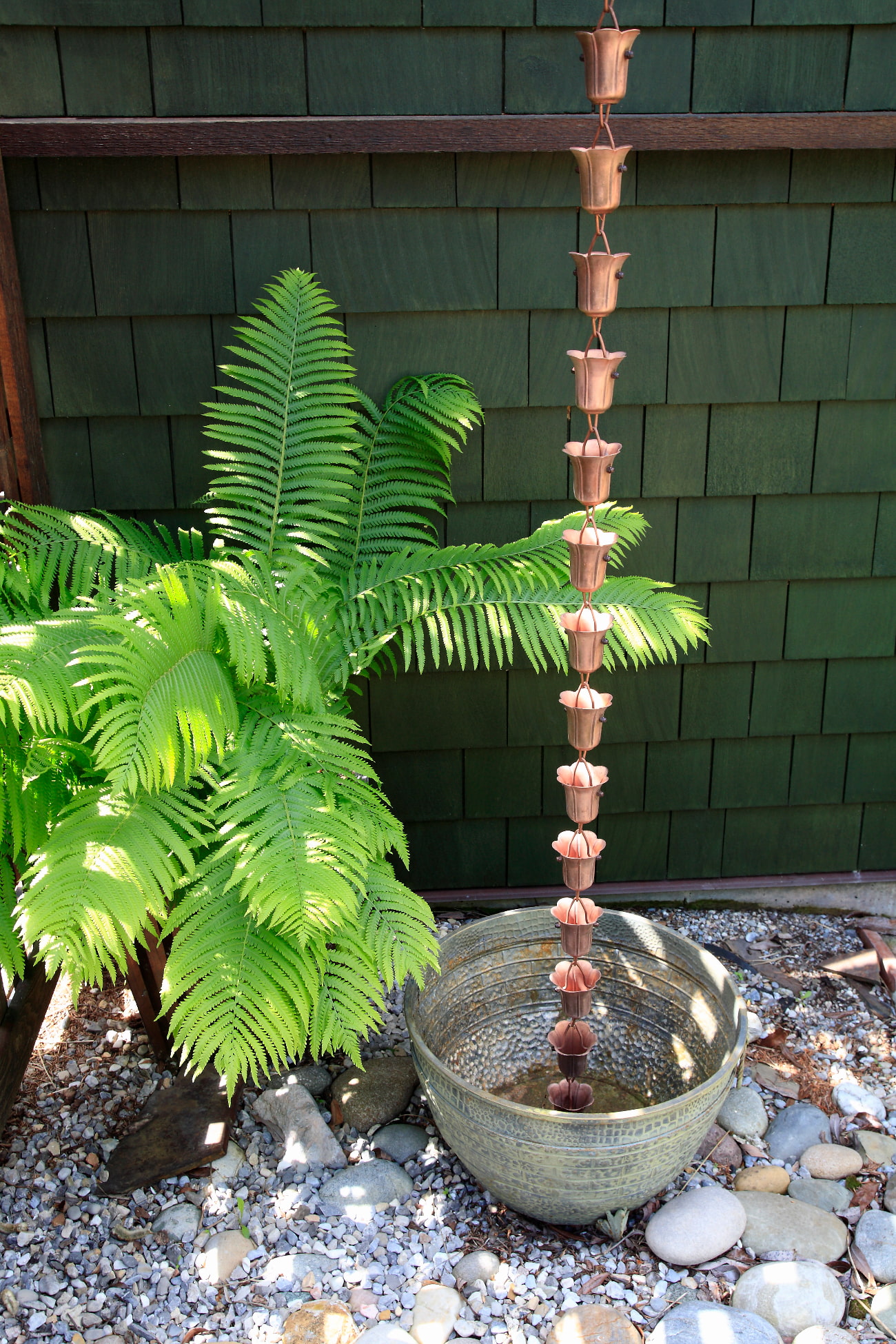
How do rain chains compare to downspouts?
When comparing rain chains to traditional downspouts, several key factors come into play, including aesthetics, functionality, and suitability for different environmental conditions. Let's take a look at a few ways in which rain chains and downspouts differ:
Water management:
In terms of efficiency, downspouts have the upper hand. They are designed to handle large volumes of water quickly and effectively, making them ideal for areas with heavy rainfall. Rain chains, while effective in light to moderate rain, can struggle during intense downpours. The water may splash out of the chain or not be channelled as effectively, potentially leading to issues with water accumulation near your house foundations. Too much water pooling against external walls can also cause damp issues.
Installation and maintenance:
Rain chains are easier to install compared to downspouts and require minimal tools and expertise. This ease of installation makes them a popular choice for DIY enthusiasts. In contrast, downspouts often require more precise installation to ensure proper alignment and functionality. Maintenance-wise, both systems need regular cleaning to prevent clogging, but rain chains are generally more accessible for cleaning and maintenance tasks.
Cost considerations: Generally, rain chains can be more cost-effective, especially if you opt for a simple design and install it yourself. Downspouts might require professional installation, especially for complex gutter systems, which can increase the overall cost.
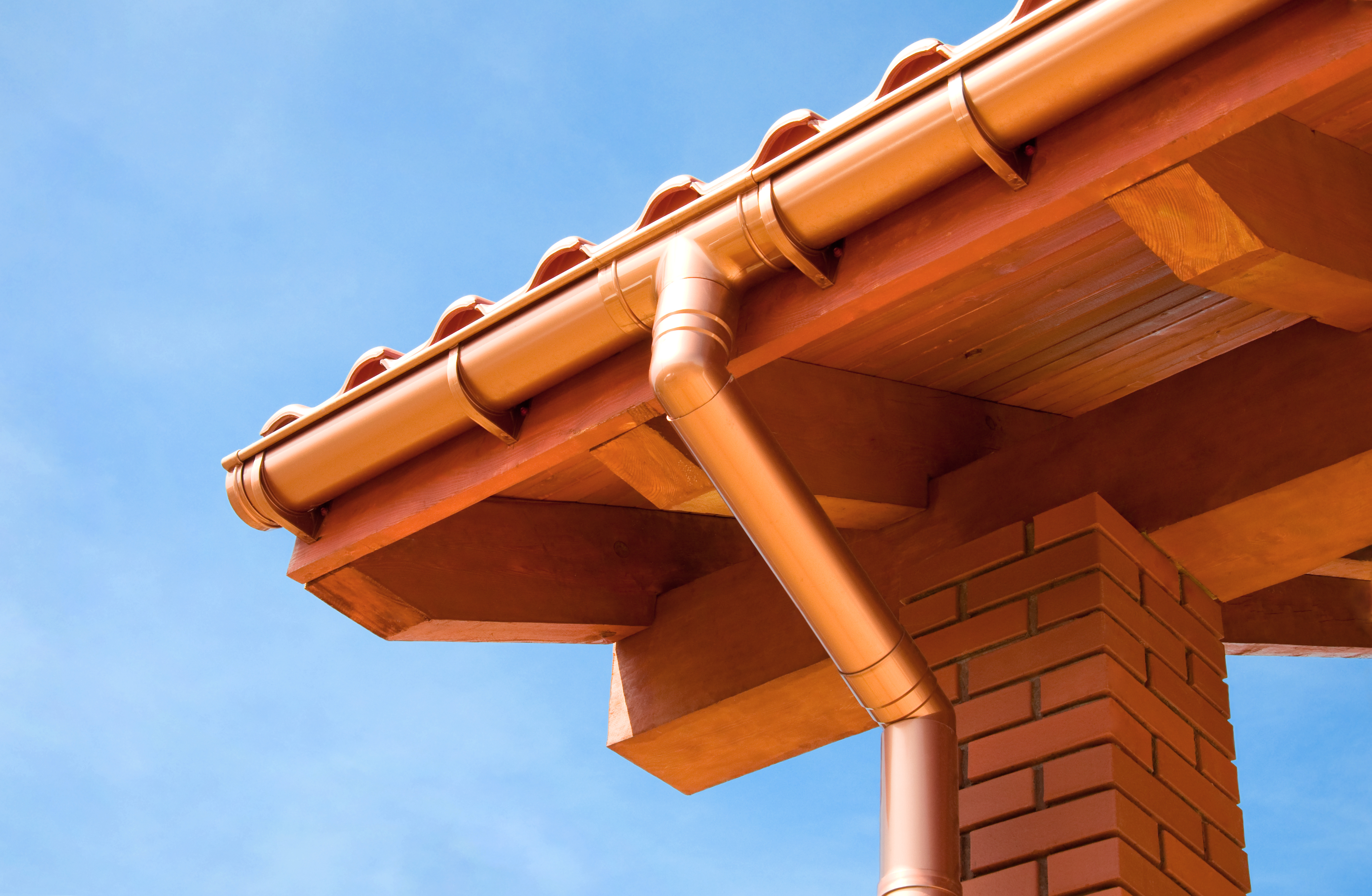
Aesthetic appeal:
Rain chains are valued for their ornamental quality, making them a popular choice for homeowners looking to add a decorative touch to their exteriors. Downspouts, while more functional in appearance, tend to be less noticeable and are designed to blend in with the building's exterior rather than stand out.
Rain chains offer a wider range of customisation options in terms of design, material, and colour, allowing homeowners to find a style that perfectly complements their home's architecture. Downspouts, while available in various colours and materials, are limited in design variations.
Can you purchase rain chains online?
You can purchase a huge variety of rain chains both online and in brick and mortar garden centres throughout the UK. Popular choices include decorative chains – such as the Water Wheel Rain Catcher Chain from Amazon Prime that is pictured below – and copper rain chains, such as this Monarch Copper Rain Chain from Amazon.
It can be difficult to ascertain the quality of a rain chain when purchasing it online. As a rule of thumb we always recommend opting for a slightly more expensive model, made from robust metals such as copper. Copper is resistant to rust meaning it will fare well when exposed to wet weather conditions.
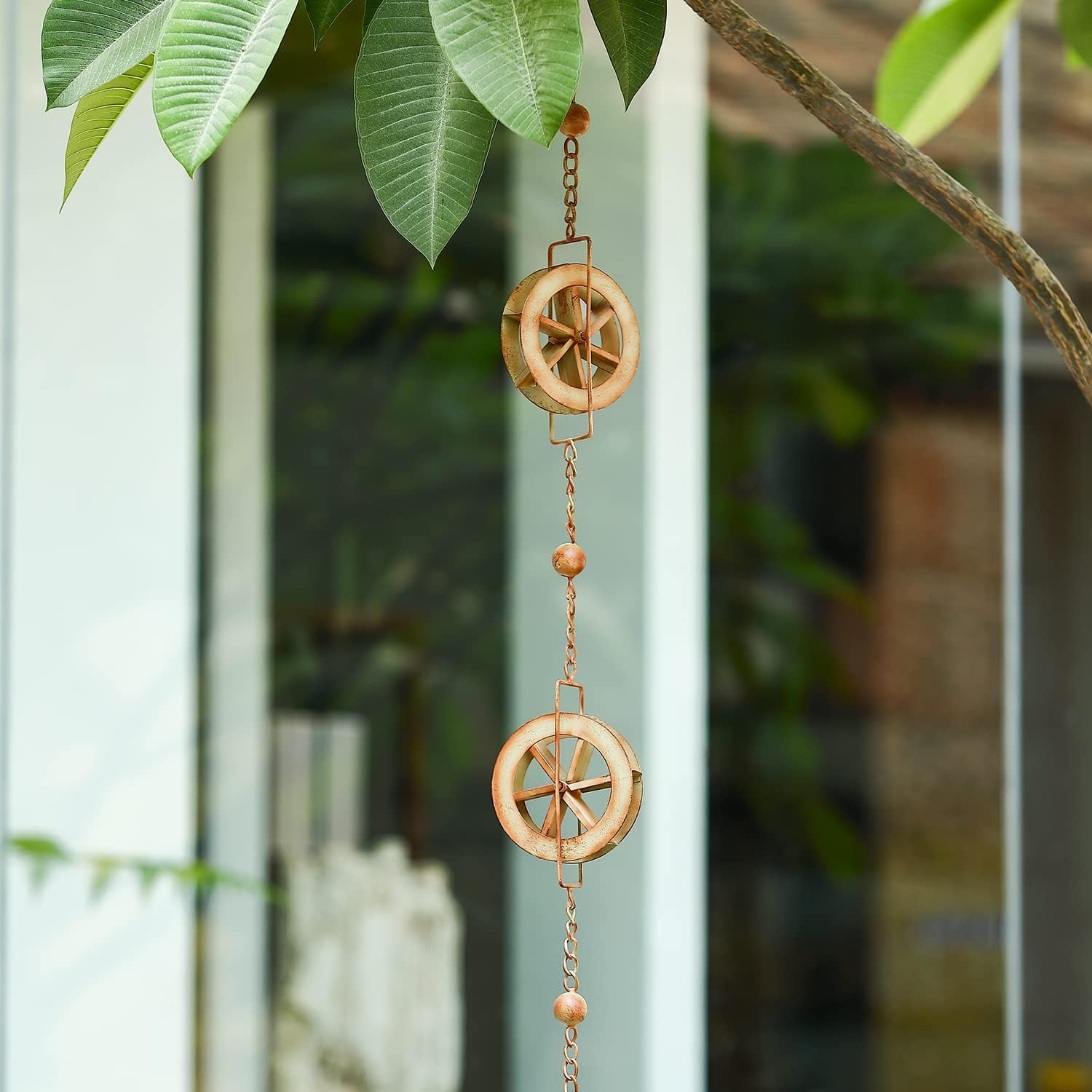
The verdict
Before you start taking down your traditional downspout and replacing it with a delicate rain chain, it’s worth considering the amount of rainfall you typically receive each year.
Rain chains are ideal for areas with less intense rainfall and for homeowners prioritising aesthetics. So if you live in the UK, you might get away with a simple rain chain during the summer months but downspouts are the practical choice for months with heavy rainfall.
FAQs
How do you install a rain chain?
Installing a rain chain is relatively straightforward. It involves attaching the top of the chain to the gutter where a downspout would typically be and ensuring the bottom end is secured or directed towards a drainage area.
Where is the best place to hang a rain chain?
Ideally, rain chains should be hung where a downspout would normally be, attached to the gutter.
Will a rain chain work without a gutter?
A gutter is essential for a rain chain to function correctly, as it collects and channels the water onto the chain.
Do rain chains freeze in winter?
Yes, in cold climates, rain chains can freeze, forming ice sculptures that can be both decorative and heavy.
Can any chain be used as a rain chain?
Not all chains are suitable. Rain chains are specifically designed for water flow and are typically made of weather-resistant materials.
Current rain chain deals on Amazon
Monarch Aluminium 3 Piece Rain Chain Installation Kit
Was: £38.25| Now £30.50 from Amazon
This 3 piece aluminium gutter installation kit allows for seamless installation of your rain chain and prevents gutter debris from flowing through your rain chain downspout.
Monarch 23805 Pure Copper Ring Rain Chain
Was £118.78 | Now £114.29 from Amazon Prime
Monarch's Pure Copper Ring Rain Chain adds a contemporary decorative element to your rain gutters. It's made from robust copper, designed to weather the elements in style.
In order for a rain chain or a downspout to work effectively it's important you clean and maintain your gutters. There are a variety of DIY gutter cleaning products on the market but the cost to hire gutter cleaning professionals is typically only £5 - £9 per metre.

Gabriella is an interiors journalist and has a wealth of experience creating interiors and renovation content. She was Homebuilding & Renovating's former Assistant Editor as well as the former Head of Solved at sister brand Homes & Gardens, where she wrote and edited content addressing key renovation, DIY and interior questions.
She’s spent the past decade crafting copy for interiors publications, award-winning architects, and leading UK homeware brands. She also served as the Content Manager for the ethical homeware brand Nkuku.
Gabriella is a DIY enthusiast and a lover of all things interior design. She has a particular passion for historic buildings and listed properties, and she is currently in the process of renovating a Grade II-listed Victorian coach house in the West Country.
